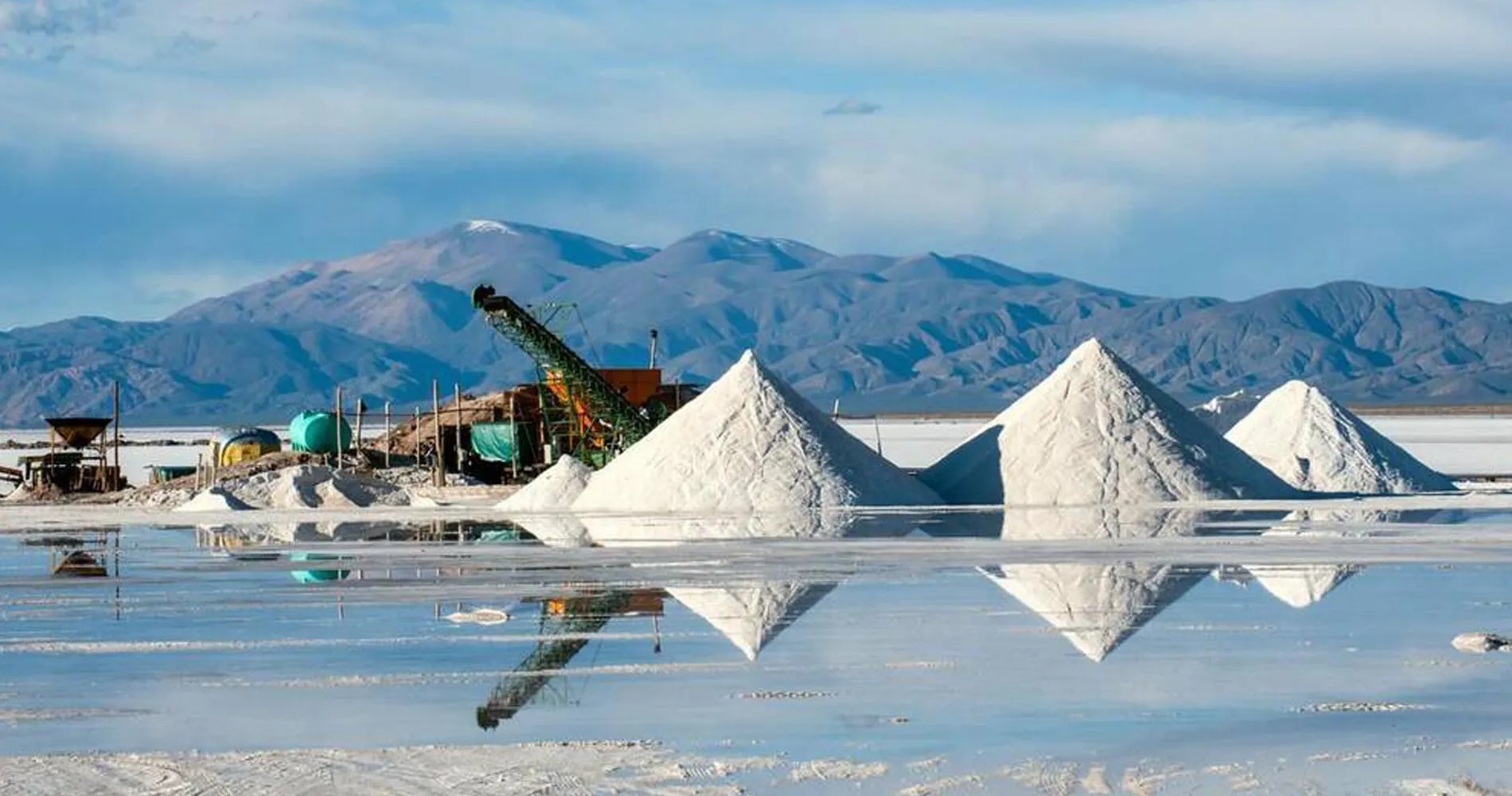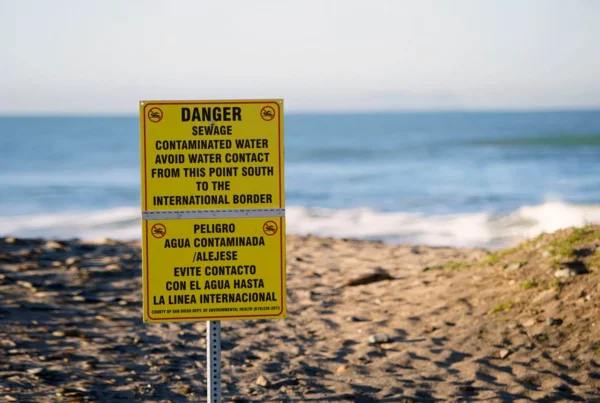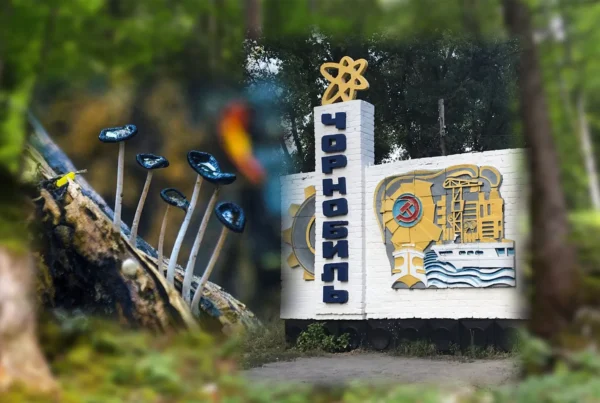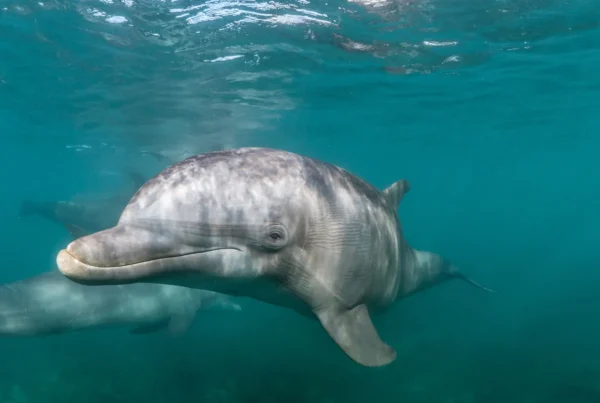Chancellor Olaf Scholz’s recent visit to Chile, Argentina and Brazil aimed to secure sufficient lithium for Germany’s auto industry. Lithium batteries in our cars are seen as the savior in our quest to reduce carbon emissions. But our love affair with lithium may distract us from its own detrimental impact on our environment.
Angeladora Novi, 20 February 2023
Chinese version | German version | Spanish version
Transitioning to zero-emission mobility is the new goal in 27 EU states, California and Canada. The European Union and California have recently banned the sale of fossil fuel vehicles from 2035. Similarly, the Canadian government has proposed a new regulation which, if adopted, will from 2035, allow only the sale of zero-emission cars in Canada. What role does lithium play and why is the public not being told the toxic truth about lithium?
Climate change is prompting nations to implement policies that reduce CO2 emissions. Shifting from fossil fuel to electric vehicles is an essential component of the so-called green revolution that aims to cut down carbon emission in a range of sectors, including global transportation. One-fifth of global emissions are produced by transport, and for the most part, by road vehicles.
Natural resources, and in particular lithium, play an essential role in the transition to electric mobility. Most electric vehicles are powered by lithium-ion batteries due to their high capacity for energy storage. While lithium-ion batteries are today’s most common source of green energy, the extraction of lithium is not as green as one might think.
A highly reactive material, Lithium does not exist as a pure element but instead is found in combination with other minerals and salts, for instance in seawater, underground deposits of brine, and igneous rocks. The most common methods of lithium extraction require open-cast mining or the creation of evaporation ponds into which lithium-rich brine is pumped from underground.
Lithium is seen as an essential resource for electric energy storage, yet the environmental costs are high. The extraction processes require a huge amount of water, which not only causes soil degradation, but also negatively impacts local biodiversity and the survival of the communities living in the affected areas.
Furthermore, about 75 % of lithium resources are found in one of the driest areas on the planet, the so-called “Lithium Triangle”, which includes territories of Chile, Argentina and Bolivia. The abundance of lithium has made these places a prime target for international companies investing millions of dollars in mining projects. Research suggests that the environmental and societal damages, mostly irreversable, affecting the “Lithium Triangle” countries outweigh the benefits of the industrial uses of lithium.
Lithium resources can be found in salt flats such as the Salar de Uyuni in Bolivia, Salar de Atacama in Chile and Salar del Hombre Muerto in Argentina, areas where drought has already been a major challenge for decades. Considering that more than 2 million liters of water are required for the production of one ton of lithium, it is easy to understand that mining will exacerbate water scarcity issues.
Lithium mines cover more than 78 sq km in the Chilean salt flat alone and require the use of about 21 million liters of water per day. Consequently, this area has been hit by tremendous drought and subsequent irreversible harm to its native species and communities. The lower water levels caused by mining interventions are a serious threat to the survival of the local aboriginal communities as well as native species, in particular, the flamingo populations.
The Aymaras, the largest indigenous group inhabiting the Salar area and its surroundings, have claimed that the invasive mining is not only undermining availability of the water they drink as many areas are drying up, but it has also put their economy at serious risk. Most of their income, comes from quinoa plantations and the sale of salt and flamingo eggs. Native flamingo flocks have decreased dramatically in the last decade; 10 to 12 percent of the population has disappeared, as their natural breeding and feeding areas have been utilized for industrial purposes.
Salar is the one of the few breeding grounds on Earth for two threatened species of flamingo, the Andean and James’s. As the production of lithium is projected to triple by 2026 in comparison to 2018 levels, the extinction of these rare flamingo species looms large.
Similar to Chile, Argentina also faces the consequences of lithium mining. According to research studies, this could lead to the desertification of areas in the Salar del Hombre Muerto where mining installations are concentrated. The indigenous communities have been particularly affected. Water scarcity has led to the drying-up of the grasslands used to breed and feed aboriginal peoples’ livestock. Moreover, the economy of the indigenous groups, which is predominantly based on tourism activities around the unique salt fields, and harvest of the salt itself, has seen a slowdown. In contrast, the lithium industry which mostly benefits multinational foreign companies, is growing.
The northern Argentinian salt flats are also known for being the natural habitat of a rich variety of wild animals, including Andean foxes, armadillos, chinchillas, pumas, two unique species of flamingo – the Andean and the James’s and the endangered Andean mountain cat. While the existing mining projects have already invaded the wildlife’s native space, the expected future expansion of the Argentinian lithium industry could lead to an exponential decrease in the survival of these species.
Despite Bolivia being the country with the biggest lithium reserves in the world – 21 million tons compared to 19 million in Argentina and 9.8 in Chile – its extraction activities are still not as invasive as those in the two neighboring countries. In 2018 the Bolivian government partnered with a German mining-investment company, but the local population only had access to unpaid and un-skilled jobs, so the Bolivian government ended the partnership. Bolivian officials as well as the communities native to the Uyuni salt flat have also been closely observing the environmental impact in the neighboring Chilean region, and as a result, prioritized the protection of the environment and its ecosystems. The Bolivian government is therefore resisting partnerships with foreign companies wanting to invest in the lithium-rich Salar de Uyuni, located amid the southwest Andes.
As more and more countries join this battle for lithium, those countries rich in lithium deposits will bear the human and environmental costs of this so-called green revolution. The hard-hit economies of Chile, Argentina and Bolivia are selling out their salt flats, which are experiencing severe droughts and wildlife losses, to the highest bidder. The race for lithium is in full swing. During his recent visit to South America, Germany’s Chancellor Olaf Scholz signed agreements with Chile and Argentina to secure lithium for the German auto-industry.
It is time to reconsider the role of lithium-ion batteries as the only means to power electric vehicles – new alternatives are required. Lithium batteries are not only hard to produce but also hard to recycle. Recycling lithium-ion batteries is more expensive that mining more lithium. Experts believe that a nickel-zinc battery would be a more sustainable replacement to lithium, with an equal capacity to store energy in rechargeable batteries. Other techniques of lithium extraction exist such as reverse osmosis and filtering membranes. These extraction methods would avoid the negative impact of mining and the evaporation processes.
Unless new technologies for e-mobility are developed soon, this ‘green revolution’ can only be achieved at a considerable cost to the environment. If swift, decisive action is not taken, the irreversible harm caused by lithium mining will lead to an environmental catastrophe. It is time the true facts were told about lithium.







